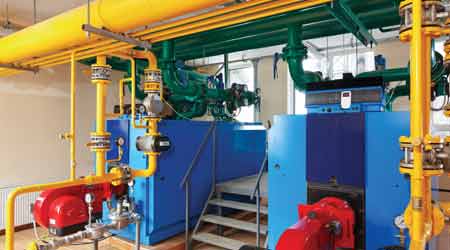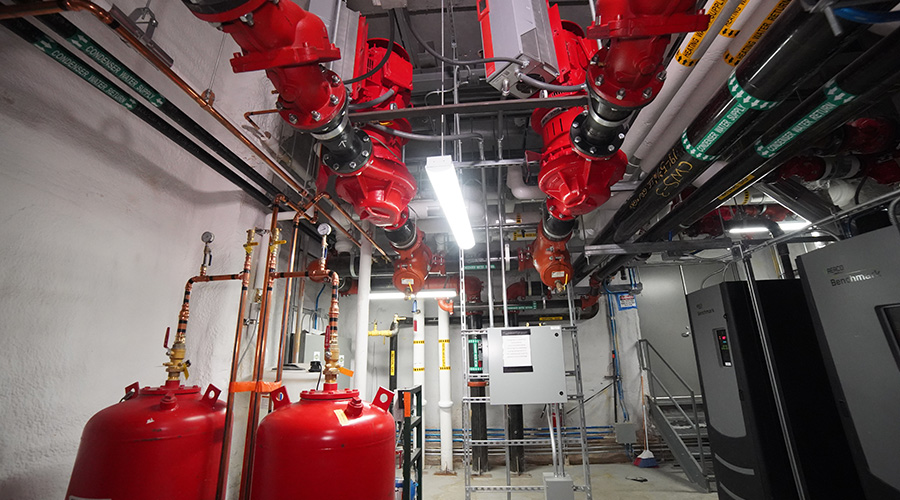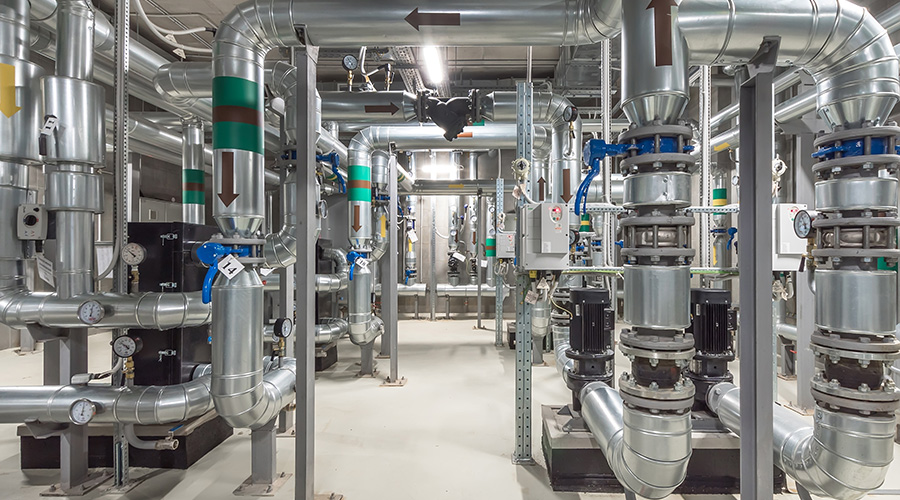 Knowing an organization's budget planning and approval cycles is essential to delivering successful upgrades.
Knowing an organization's budget planning and approval cycles is essential to delivering successful upgrades.HVAC: The ABCs of Upgrades
The most likely component of an HVAC system to be upgraded is the air handler unit (AHU). The AHU is the true interface between the central plant and occupant satisfaction.
Air handler units (AHU) are the most likely component in an HVAC system to require a major upgrade or replacement. An AHU is the true interface between the back-of-house central plant infrastructure and the front-of-house impact on indoor air quality, thermal comfort, and occupant satisfaction.
An effective safety management system must define: the way hazards are identified and evaluated; the way risks are to be assessed and prioritized; and the measures to be taken to eliminate, reduce and control risk in order to attain an acceptable risk level. A safety management system also must align each of the safety programs managers develop to comply with OSHA standards under a safety management umbrella.
Because an AHU has the highest risk of failure, it must be maintained and approached with care. With average-age-of-plant measurements increasing in many market sectors, the frequency of AHU failures and required replacement is a constant challenge for maintenance and engineering managers. AHU replacement projects offer three key issues managers must consider:
First, it is not possible to overstate the critical need to document existing conditions, both airside and waterside in the case of chilled-water systems.
Second, managers cannot automatically assume an AHU will be replaced with like-kind. They must take the time to evaluate changes in loads and specific occupant or process dissatisfaction that an AHU replacement could easily rectify.
Finally, managers need to evaluate logistics and whether new equipment must fit in the same footprint — which usually means more phasing challenges and downtime — and temporary measures that might be needed.
— Clay Seckman, P.E.
Related Topics:














